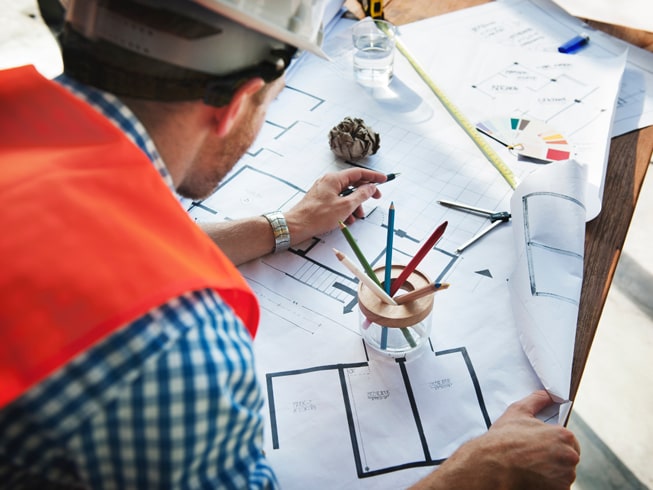Innovation within Architecture
Research and development (R&D) is essential in architecture. Work to incorporate new technology, develop new practices and advance understanding of how the design of buildings can better support occupants can all qualify as eligible activity.
Architects also frequently research and develop new approaches to materials, driven not only by a demand for greater efficiency, but also by the need to improve sustainability and consider their environmental impact.
Innovation is such a natural feature of the work of an architect that many do not realise they may be eligible for R&D tax credits. However, there are a huge number of activities that could qualify, as long as the architect or firm is creating an advancement that helps overcome uncertainty in a project or in the industry as a whole.
Examples of eligible activities
- Research into new building materials
- Developing new uses for traditional materials
- Developing more energy-efficient approaches
- Creating new software for design or modelling
- Unique solutions for design restrictions
- Designing and testing prototype materials
- Developing environmentally friendly methods
Architects working on the conversion of a former brewery found part of a new roof would have to be curved and elongated. This created uncertainty for lighting and window installations, and great care had to be taken because the building was subject to a conservation order.
The team spent several weeks developing an innovative solution that achieved the desired design standards while ensuring stability in the structure.
A technology firm worked with architects to develop virtual reality (VR) software for use in their design processes.
VR has been used with limitations in the industry for several years, but the company hoped to develop a much more detailed and practical option.
Work on the technology continues, but architects are now able to visualise the space they are designing much more clearly, giving them an opportunity to resolve problems before they arise physically.
An architecture company was hired to design a luxury apartment building that would be four storeys tall and comprise more than 150 homes. The structure would be located near the shore, creating uncertainty over stability.
After detailed investigation, the firm developed a bespoke modification to the elevation of the front of the building, substantially improving its stability.

